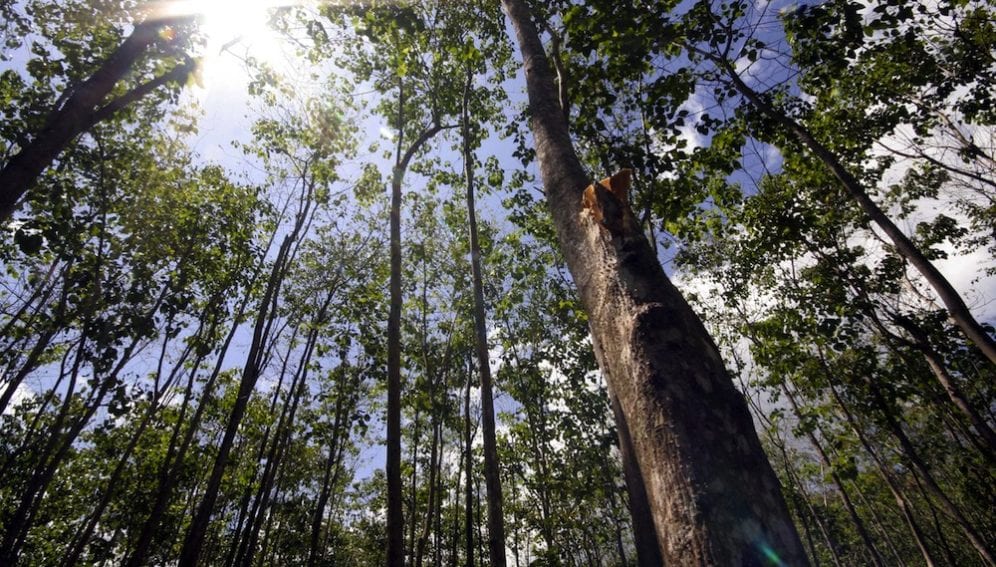Send to a friend
The details you provide on this page will not be used to send unsolicited email, and will not be sold to a 3rd party. See privacy policy.
[MANILA] Forestry experts and environmental groups in the Philippines are raising concerns about what they consider to be an “excessive use” of exotic trees (such as gmelina and the introduced broadleaf mahogany) over indigenous varieties in the country’s greening programme.
The Philippine government’s National Greening Programme (NGP) is a massive forest rehabilitation effort that seeks to grow 1.5 billion trees on 1.5 million hectares of land nationwide from 2011 to 2016.
But NGO partners of the Department of Environment and Natural Resources (DENR) question the “lopsided priority” given to exotic species for the initiative. Accomplishments under the programme were reviewed in a recent forum (21 February) in Quezon City in response to calls from community-based organisations and civil society groups to thresh out problems concerning the NGP.
Godof Villapando, executive director of the Foundation for the Philippine Environment, says that, while the intent of the NGP is good as it covers “a lot of objectives” such as poverty reduction and conservation, there were 25 million seedlings of exotic species planted against only five million seedlings of native species.
This is despite the availability of native tree seedlings, according to Perry Ong, a biology professor at the University of the Philippines Diliman.
Ong suggests that the DENR should have a clear plan to ease out exotic trees and move to 100 per cent indigenous species. “But from now until 2016, the bias is towards exotic species,” he says.
Jose Andres Canivel, executive director of the Philippine Tropical Forest Conservation Foundation, notes there are “lots of benefits” in having more native trees.
“Our native trees grow better because they are more adapted to local climate conditions. Also, they have higher resistance to pests and are more resilient when typhoons come,” says Canivel.
He criticises the DENR for considering only the quick returns from fast-growing exotic species when there are native species that grow faster or command better prices such as the Philippine mahogany, which is highly prized in global markets.
Miguel Magalang, a member of the town council of Boac, in Marinduque province, proposes that the DENR propagate native and endemic trees “because these are slowly disappearing and are now endangered”.
Magalang says there is a law for protecting and nurturing endemic trees such as the akli and tindalo. “But these trees are almost extinct and people don’t even know now what these trees look like any more,” he says.
Henry Borreo, a member of an indigenous people’s organisation representing the Agta, Dumagat and Remontado tribes in the country’s Sierra Madre area, adds that planting exotic trees should only be one part of the whole greening programme. He says that, although these exotic species can also help the community, “we don’t look at them as our main source of income”.
This article has been produced by SciDev.Net's South-East Asia & Pacific desk


